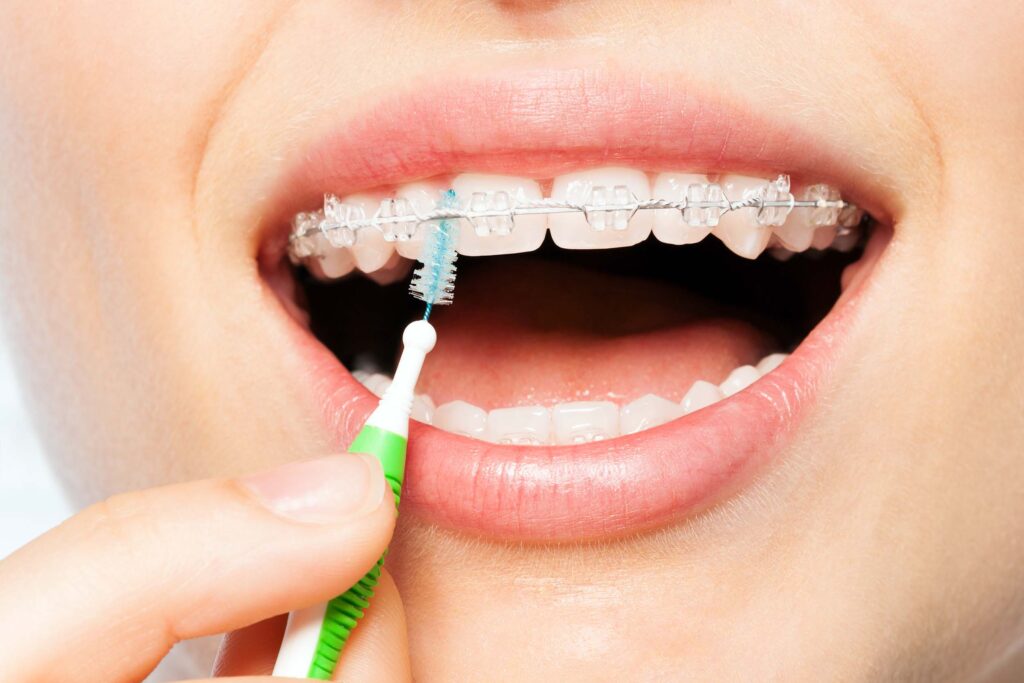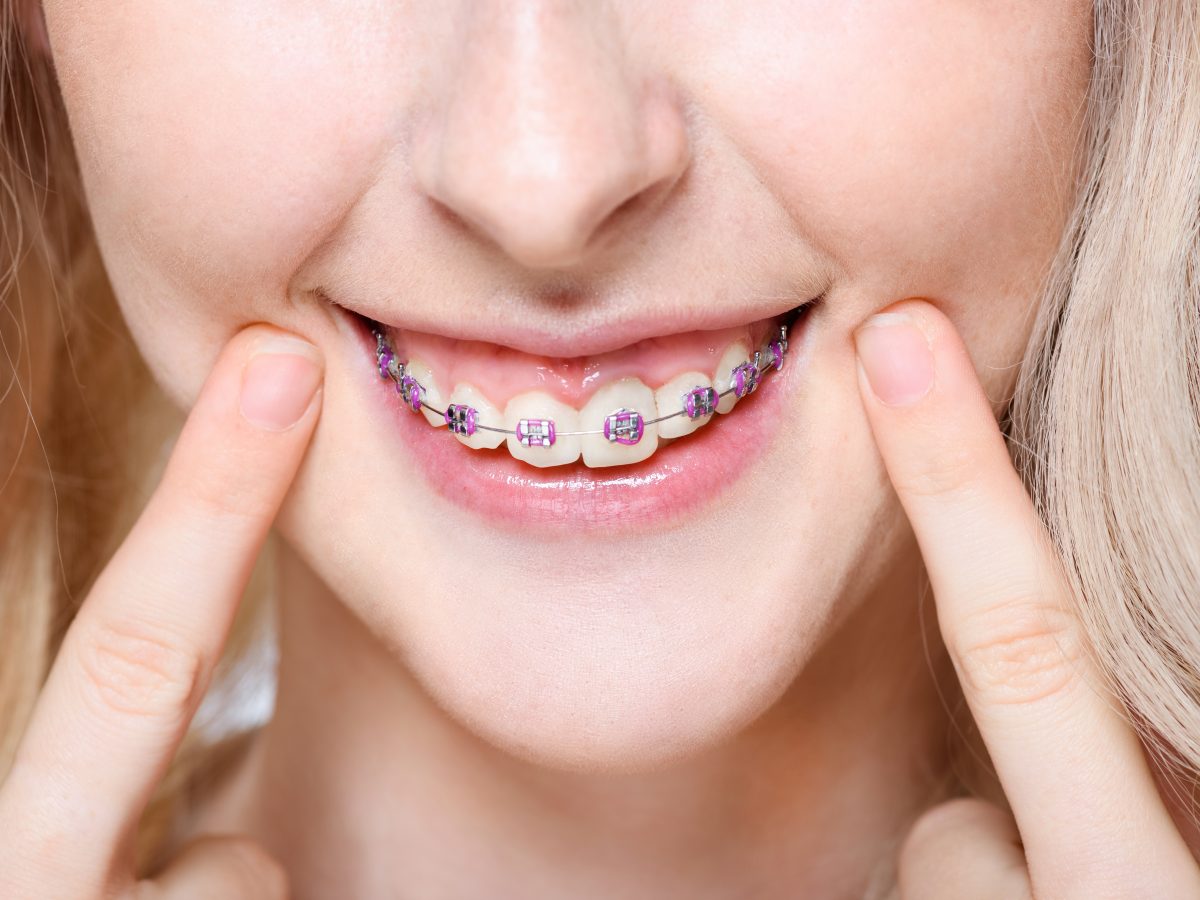Comprehensive Guide to Orthodontics Treatments for Fixing Oral Misalignments
In the world of orthodontics, the trip to accomplishing a completely aligned smile includes a myriad of procedures tailored to correct oral misalignments. From typical braces to invisible aligners and even medical choices, the field of orthodontics supplies a series of options to attend to varying degrees of oral abnormalities. Comprehending the intricacies of each procedure, including their devices, advantages, and potential downsides, is critical in making educated decisions regarding one's orthodontic therapy. As we navigate through the thorough guide to orthodontic procedures for dealing with dental misalignments, the elaborate information of each approach will certainly unfold, losing light on the path toward a useful and unified oral alignment.
Orthodontic Procedures Introduction

Routine modifications and tracking are important parts of orthodontic therapy to make sure progress is on track and to make any kind of essential alterations along the method. By undergoing orthodontic treatments, clients can not just accomplish a straighter smile yet likewise improve their total oral wellness and function.
Typical Dental Braces: Exactly How They Work
When thinking about orthodontic therapies for oral imbalances, traditional dental braces stand apart as a tried and true technique for dealing with teeth positioning. Standard dental braces consist of brackets, wires, and bands that collaborate to use constant pressure on the teeth, slowly moving them into the desired positioning. The braces are affixed to the teeth utilizing a special adhesive, and the wires are threaded through the brackets. By adjusting the tension of the wires, orthodontists can manage the instructions and pressure put on each tooth, guiding them right into correct placement over time.
As pressure is used to the teeth with the dental braces, the bone surrounding the teeth is reshaped to sustain the new tooth placements. Individuals will certainly need normal modifications at the orthodontist's office to guarantee the dental braces continue to use the appropriate stress for efficient teeth movement.
Unseen Aligners: Pros and Disadvantages
These clear, tailor-made trays are basically invisible when put on, making them an appealing choice for people looking for an extra aesthetically pleasing orthodontic treatment. Patients can get rid of the aligners before eating or cleaning their teeth, lowering the threat of food getting stuck in the appliance and simplifying the cleaning process.

Surgical Orthodontic Options
Surgical interventions in orthodontics existing feasible choices for addressing complicated dental imbalances that may not be properly fixed via traditional orthodontic therapies. While invisible aligners and standard braces can remedy many orthodontic problems, particular situations require surgical treatment to achieve ideal outcomes. Surgical orthodontic options are usually advised for extreme malocclusions, considerable jaw disparities, and cases where the underlying bone structure requires modification to accomplish appropriate positioning.
One typical medical orthodontic treatment is orthognathic surgery, which includes repositioning the jaws to deal with functional problems such as problem go eating or speaking. This surgical treatment is usually performed in collaboration with an orthodontist that aids align the teeth before and after the treatment. Surgical orthodontics may likewise include treatments to expose influenced teeth, remove excess gum tissue, or reshape the jawbone to create a much more harmonious facial profile.
Prior to considering surgical orthodontic choices, people undertake a thorough examination to identify the requirement and prospective advantages of such treatments. cumming aligners. While surgery might appear complicated, it can substantially boost both the feature and looks of the smile in cases where standard orthodontic click to read therapies drop short
Retainers and Post-Treatment Care

Failing to comply with post-treatment treatment guidelines can result in relapse, where the teeth progressively relocate back towards their initial positions. Constant retainer wear, good oral hygiene, and routine oral examinations are crucial for preserving the outcomes achieved with orthodontic surgical procedure and making certain the long-lasting security of the fixed oral placement.
Final Thought
To conclude, orthodontic procedures offer different alternatives for remedying dental misalignments. Typical dental braces make use of metal braces and wires to move teeth right into correct alignment. Undetectable aligners give a more discreet choice however may not be suitable for all situations. Surgical orthodontic options are offered for a lot more extreme imbalances. Retainers are typically used post-treatment to keep the new positioning. Overall, orthodontic procedures can efficiently enhance oral wellness and visual appearance.
As we browse with the detailed overview to orthodontic treatments for dealing with oral misalignments, the elaborate information of each technique will unravel, shedding light on the path towards a harmonious and functional oral alignment. - aligners
One of the most common orthodontic treatments is the usage of braces, which are composed of metal braces and wires that use mild pressure to gradually change teeth into the preferred placement.When thinking about orthodontic treatments for oral imbalances, conventional dental braces Clicking Here stand out as a reliable technique for dealing with teeth positioning. Furthermore, unnoticeable aligners might not be appropriate for complex orthodontic concerns that need more considerable teeth movement, as they are generally recommended for light to moderate instances. Retainers are tailor-made orthodontic tools made to hold teeth in their remedied settings after the conclusion of orthodontic treatment.
Comments on “What Sets Cumming Braces and Aligners In Addition To Other Orthodontic Treatments”